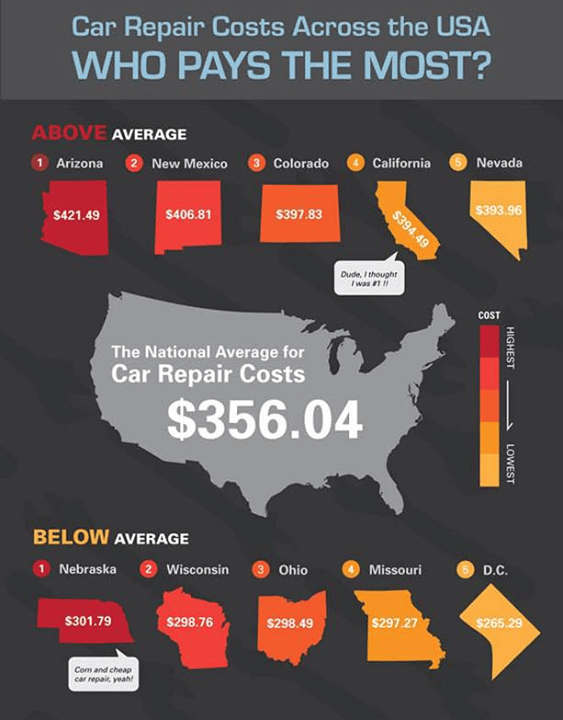Interpreting Your Auto'S Alert Lights: Their Real Effects
Interpreting Your Auto'S Alert Lights: Their Real Effects
Blog Article
Web Content By-Termansen Corbett
When you're behind the wheel, those glowing caution lights on your dashboard can be a bit complicated. Do you know what they're attempting to tell you concerning your automobile's health? Understanding the relevance of these lights is vital for your safety and the durability of your automobile. So, the following time among those lights appears, would not you intend to analyze its message precisely and take the required steps to resolve it?
Common Caution Lighting and Interpretations
Determine typical warning lights in your auto and recognize their significances to make certain safe driving.
The most regular caution lights consist of the check engine light, which signals problems with the engine or exhausts system. If this light comes on, it's vital to have your automobile checked immediately.
The oil stress warning light indicates low oil pressure, needing prompt attention to avoid engine damages.
A blinking battery light might recommend a damaged charging system, possibly leaving you stranded if not addressed.
The tire pressure surveillance system (TPMS) light signals you to low tire stress, impacting automobile stability and fuel efficiency. Neglecting this could lead to harmful driving conditions.
The abdominal muscle light shows a problem with the anti-lock braking system, jeopardizing your capacity to quit promptly in emergency situations.
Last but not least, the coolant temperature alerting light warns of engine getting too hot, which can cause extreme damages otherwise dealt with quickly.
Comprehending these common caution lights will certainly aid you address concerns promptly and preserve secure driving problems.
Significance of Prompt Attention
Understanding the usual caution lights in your cars and truck is only the very first step; the relevance of promptly addressing these cautions can not be emphasized sufficient to ensure your security when driving.
When https://postheaven.net/stanton68geoffrey/the-unbelievable-repair-of-a-forgotten-vehicle-shows-the-amazing-outcomes brightens on your dashboard, it's your auto's means of interacting a possible issue that needs attention. Disregarding these warnings can cause much more extreme troubles in the future, endangering your security and potentially costing you extra out of commission.
official website to advising lights can protect against breakdowns and accidents. As an example, a blinking check engine light can suggest a misfire that, if left unattended, might create damages to the catalytic converter. Addressing this promptly can conserve you from an expensive repair work.
Similarly, a brake system cautioning light may signify low brake liquid or used brake pads, vital components for your safety when driving.
DIY Troubleshooting Tips
If you discover a warning light on your control panel, there are a couple of DIY repairing suggestions you can attempt before looking for specialist aid.
The very first step is to consult your automobile's manual to recognize what the specific caution light shows. Sometimes the problem can be as straightforward as a loosened gas cap activating the check engine light. Tightening the gas cap may solve the trouble.
Another typical problem is a reduced battery, which can set off various warning lights. Inspecting the battery connections for corrosion and ensuring they're protected could repair the issue.
If a warning light continues, you can try resetting it by disconnecting the car's battery for a few mins and after that reconnecting it. In addition, examining your automobile's fluid degrees, such as oil, coolant, and brake fluid, can help troubleshoot alerting lights connected to these systems.
Conclusion
Finally, comprehending your cars and truck's warning lights is important for keeping your automobile running efficiently and safely. By immediately resolving these signals and understanding what they imply, you can avoid costly repairs and prospective breakdowns.
Remember to consult your car's manual for particular information on each warning light and take action appropriately to guarantee a hassle-free driving experience.
Stay informed, remain secure when driving!
